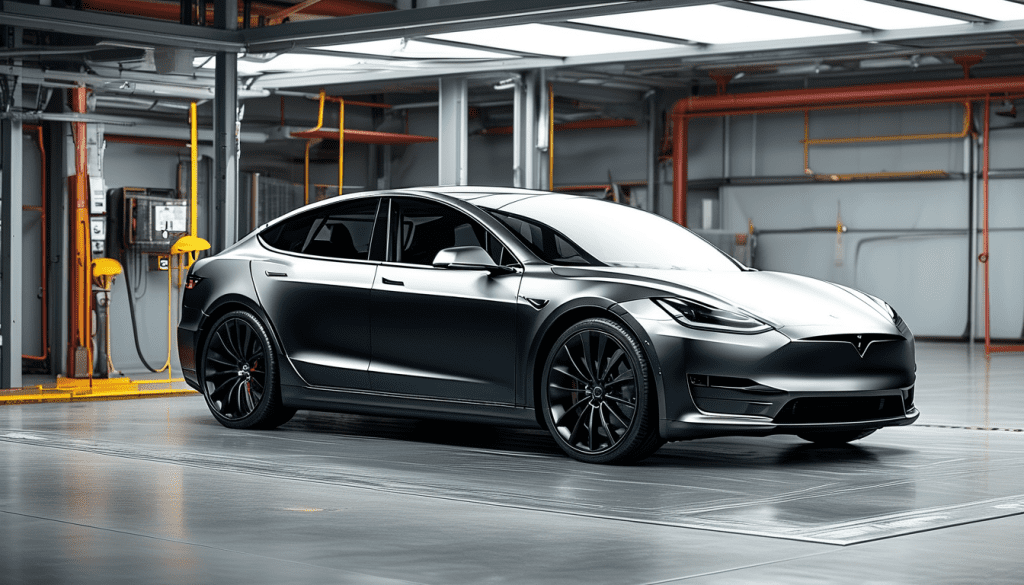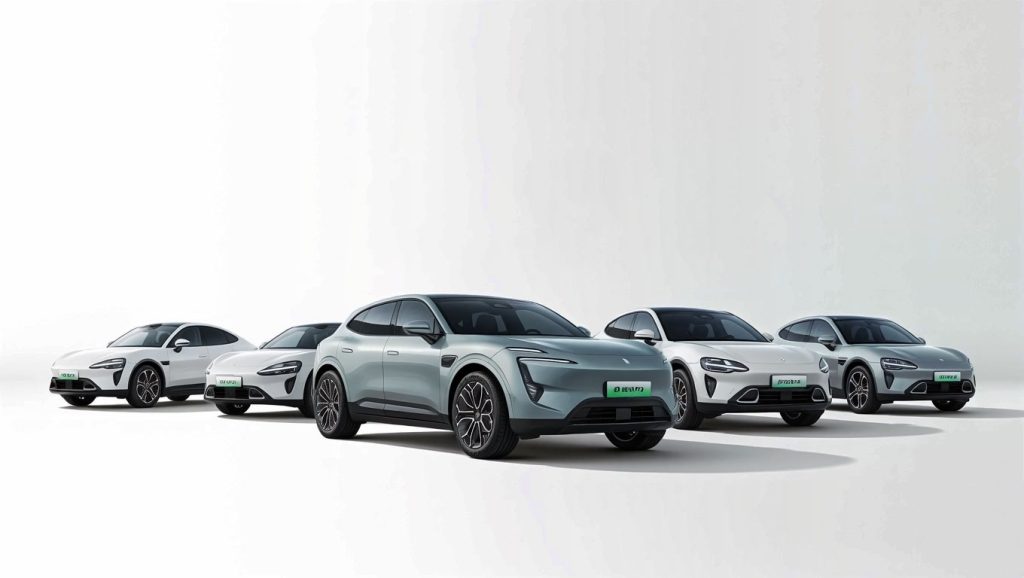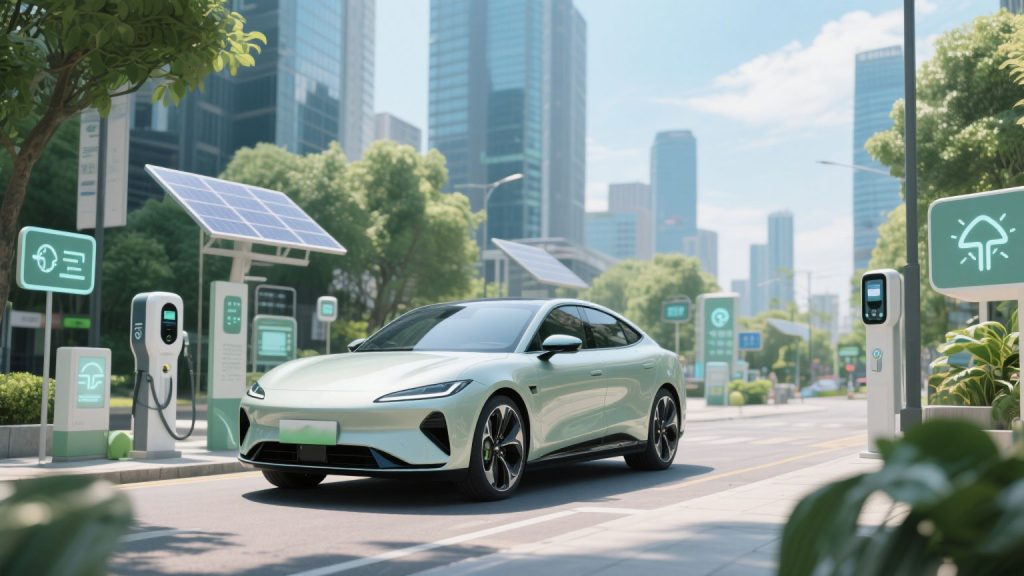What are the differences among EV, PHEV and REEV? Which one is better?
What are the differences among EV, PHEV and REEV? Which one is better?
June 16, 2025
Pure electric, plug-in hybrid, and range-extended electric vehicles are all types of new energy vehicles. Many consumers considering purchasing a new energy vehicle often ask about their differences and which type is superior. Below is a detailed analysis of pure electric vehicles (BEV), plug-in hybrid vehicles (PHEV), and range-extended electric vehicles (EREV/REEV), helping you make the optimal choice based on your needs.
Analysis of New Energy Vehicle Types

Pure Electric Vehicle (BEV)
Definition: Relies entirely on battery power, driven by an electric motor without a traditional internal combustion engine. Zero tailpipe emissions.
BEV Advantages:
Zero emissions, low noise, rapid acceleration, low operating costs (electricity costs significantly lower than fuel).
Eligible for green license plate policies (exempt from license lotteries and traffic restrictions in some cities).
BEV Disadvantages:
Limited range (severely reduced in cold climates);
Long charging times (30–60 minutes for fast charging, hours for slow charging);
High dependence on charging infrastructure, inconvenient in remote areas .
Representative Models: Tesla Model 3, BYD Han EV, NIO ES6 .
Plug-in Hybrid Electric Vehicle (PHEV)

Definition: Equipped with both a fuel engine and an electric motor. Supports external charging and switching between pure electric/hybrid modes.
PHEV Advantages:
Short-distance pure electric driving (50–100 km range); long-distance fuel refueling eliminates range anxiety .
Eligible for green license plates and subsidies.
Significantly lower fuel consumption than traditional fuel vehicles.
PHEV Disadvantages:
Complex structure, high maintenance costs;
Fuel consumption surges when the battery is depleted;
需要家庭充电站。
Representative Models: BYD DM-i series, Toyota Prius PHEV, Lynk & Co 01 PHEV.

Range-Extended Electric Vehicle (EREV/REEV)
Definition: Primarily driven by an electric motor. The fuel engine acts solely as a generator (not directly driving wheels) and supports external charging.
EREV/REEV Advantages:
Extended range (comprehensive range up to 1,000 km+);
Driving experience similar to pure EVs (smooth and quiet);
Eligible for green license plates.
EREV/REEV Disadvantages:
Higher fuel consumption at high speeds;
Smaller battery capacity, shorter pure electric range (typically <200 km);
Higher purchase price.
Representative Models: Lixiang Auto L-series, AITO M5, BMW i3 Range Extender.
Fuel Cell Vehicle (FCV/FCEV)
Definition: Uses hydrogen-oxygen chemical reactions to generate electricity, powering the motor. Only emits water.
FCV/FCEV Advantages:
High energy conversion efficiency, quick refueling (3–5 minutes for hydrogen);
Zero pollution, long range (400+ km).
FCV/FCEV Disadvantages:
Scarce hydrogen refueling stations, underdeveloped infrastructure;
High costs for hydrogen storage/transportation and safety challenges;
Expensive (e.g., Toyota Mirai ≈¥700,000).
Representative Models: Toyota Mirai, Honda Clarity, Hyundai NEXO.
Other Types
Hybrid Electric Vehicle (HEV):
No external charging; fuel engine dominant, electric motor auxiliary. Saves fuel but lacks pure electric mode.
Not eligible for green license policies (e.g., Toyota Camry Hybrid).
Hydrogen Internal Combustion Engine Vehicle (HICEV): Burns hydrogen directly. Low emissions but less efficient than fuel cells.

Selection Guide: Matching Models to Needs
Primary Use: Urban Commuting, Charging Convenience
Recommended Type: BEV
Reason: Maximizes low-cost advantages for short trips; home/work charging solves refueling needs .
Model Suggestions:
Budget ~¥50k: Changan BenBen E-Star, Wuling Hongguang MINI EV (120–300 km range);
Budget ¥100k–200k: BYD Dolphin, XPeng P5 (400–600 km range).
Frequent Long-Distance Travel, Limited Charging
Recommended Type: PHEV or EREV
Reason: Fuel refueling eliminates range anxiety; electricity reduces fuel costs for short trips. PHEV offers better highway efficiency than EREV .
Model Suggestions:
PHEV: BYD Qin PLUS DM-i (1,245 km comprehensive range);
EREV: Li Auto L7 (1,315 km comprehensive range).
Zero Emissions + Fast Refueling
Recommended Type: FCV
Reason: Suitable for regions with hydrogen stations (e.g., Yangtze River Delta/Pearl River Delta).
Note: Currently niche due to infrastructure limitations .
Limited Budget, Balancing Fuel Economy & Policy Benefits
Recommended Type: PHEV
Reason: Green license plate benefits + low short-distance costs (e.g., BYD Destroyer 05, from ¥120k) .
Pitfall Avoidance Guide
Avoid BEVs in Cold Regions: Range drops 30%–50% in low temperatures; prefer PHEV/EREV.
Avoid PHEV/EREV Without Home Charging: Frequent charging is inconvenient; high fuel use at low battery.
HEVs Excluded from NEV Policies: Require fuel vehicle licenses, no subsidies.
EREV Weakness at High Speeds: Best for users with minimal highway driving .
Conclusion:
Choose based on daily mileage, charging access, policy needs, and budget:
Commuter → BEV; Long-Distance → PHEV/EREV; Tech Pioneer → FCV; Practical User → HEV.
Test-drive before deciding, and prioritize brands with robust after-sales networks.








